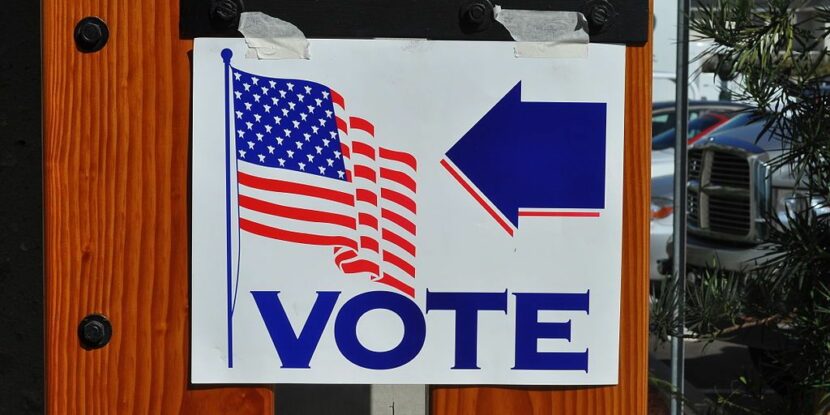
Last week, National Journal published a piece by Ronald Brownstein entitled “The Most Valuable Voters of 2016.” The subtitle sums it up well: “The election may come down to turning out minority voters and wooing seniors in the battleground states.”
It is an analysis of changing demographics in the swing states for the presidential race. It first looks at the declining white vote share across the five states in the Sun Belt: Virginia, North Carolina, Florida, Colorado, and Nevada. “In all five states the model projects that by 2016 the white voter share will drop at least 3 percentage points from where it was as recently as 2008.” The article also points out that the Democratic strategy in the two most recent presidential elections was to mobilize and enhance turnouts of key coalition members, particularly minorities.
In the six Rust Belt swing states (Iowa, Michigan, New Hampshire, Ohio, Pennsylvania, and Wisconsin), the model projects that adults fifty and older will constitute at least 45 percent of eligible voters by 2016. “The tendency of older adults to outpunch their weight in the actual voting pool magnifies the implications of these changes.”
The article goes on to quote Alan Abramowitz, an Emory University political scientist: “While the staunchly conservative Silent Generation dominates today’s senior population, Democrats may benefit over time as more of the early baby boomers, who lean somewhat more left in their preferences, move into retirement. And Clinton could be better suited than Obama to compete for older whites.”
Observations:
1) Republicans could imitate the Democrats in stimulating turnout among core constituencies, particularly white evangelicals, millions of whom sat out the last two presidential races. Issues like abortion and religious liberty could be key in mobilizing these voters.
2) The abortion issue can be used to cut into the Democratic margin, particularly with church-going white women. Polling consistently shows just under 30 percent of all Democrats identify themselves as pro-life. Micro-targeting this constituency has allowed Republicans to eat into the Democratic base in several 2014 Senate elections.
3) These social issues proved successful in the 2014 election in moving Hispanics to the Republican side in states like Texas and Colorado. In Texas, Governor Abbott got 44 percent of the Hispanic vote against Hillary Clinton’s sound-alike Wendy Davis. The late-term abortion issue was central to Abbott’s strong showing among Hispanics.
4) The Republican share of both the white and minority vote could be increased by appealing to lower income voters. Even in the successful 2014 cycle, Republicans lost the vote among those who make less than $50,000 a year by a margin of 54 to 43. These voters represent 36 percent of the total. It is clear that the Republicans need to take on the twin issues of wage stagnation and rising prices to increase their share among lower income voters.
5) Seniors are more strongly hit by zero interest rate policies than younger voters are. Seniors see virtually no return on their savings, while their cost for basic necessities increases. Monetary policy may be a sleeper issue with these voters.
6) Seniors and suburban moms respond strongly to the education issue. The growing dissatisfaction with Common Core presents an opening to traditionally Democratic voters within these segments.
Frank Cannon is the president of American Principles in Action.


